When it comes to home improvement, one of the most effective yet often overlooked changes is upgrading your ceiling fan. Modern ceiling fans not only serve the purpose of keeping your home cool and comfortable but also add a touch of style and sophistication. With so many options available on the market today, choosing the right fan for your space can feel overwhelming. This comprehensive guide will walk you through the key factors to consider when selecting a modern ceiling fan, ensuring you make the best choice for your home.
Why Do You Need a Ceiling Fan?
Before diving into the specifics of modern ceiling fans, it’s important to understand why they are a must-have in any home. Ceiling fans are versatile appliances that offer several benefits, such as:
-
Improved Air Circulation: Ceiling fans help distribute air more evenly throughout the room, creating a more comfortable environment. This is especially important during the warmer months when air conditioning might be insufficient.
-
Energy Efficiency: Ceiling fans are energy-efficient compared to air conditioning systems, as they consume less power. They can help reduce your cooling costs by circulating cool air from your AC or creating a breeze that makes the temperature feel cooler.
-
Aesthetic Appeal: A modern ceiling fan can complement your home’s interior design, adding a sleek, stylish element that enhances the overall aesthetic of the space.
-
Year-Round Use: Many modern ceiling fans come with reversible motors, allowing them to be used for both cooling in the summer and heating in the winter by circulating warm air from your heater. This makes them a year-round investment.
Key Features to Consider When Buying a Modern Ceiling Fan
With so many choices available, it’s essential to consider specific features that best suit your needs. Here are some of the most important factors to keep in mind:
1. Fan Size and Room Dimensions
The size of your fan should match the dimensions of the room it will be installed in. If the fan is too small, it won’t circulate the air effectively; if it’s too large, it may overpower the space and be noisy.
- Small Rooms (Up to 75 sq ft): A fan with a 29–36 inch blade span is ideal.
- Medium Rooms (76-144 sq ft): A 44-inch blade span works best.
- Large Rooms (Over 144 sq ft): Choose a fan with a blade span of 52 inches or more for optimal circulation.
The general rule of thumb is that the fan should be placed in the center of the room, with a minimum clearance of 7 feet from the floor to the fan blades.
2. Design and Style
Modern ceiling fans come in a variety of styles, from minimalist to industrial and contemporary. Consider the overall style of your home and choose a fan that complements it. Some popular styles include:
- Minimalist Fans: Clean, sleek lines with minimal detailing are ideal for modern, contemporary, or Scandinavian-inspired homes.
- Industrial Fans: For an edgy, urban look, industrial-style fans with exposed motors and raw metal finishes work well in lofts or modern apartments.
- Rustic Fans: Wood finishes and softer designs are great for creating a warm, natural atmosphere in country-style or farmhouse-themed homes.
Keep in mind that the fan should seamlessly blend into the space while also serving its primary function of air circulation.

3. Motor Type and Power
The motor is the heart of the fan, and its quality can determine the fan’s efficiency, noise level, and lifespan. Look for fans with DC motors or AC motors:
-
DC Motors: Modern ceiling fans with DC motors are highly efficient, quieter, and consume less energy compared to traditional AC motors. They also offer variable speed control and have a longer lifespan.
-
AC Motors: These motors are still common and are typically less expensive, but they consume more energy and may generate more noise.
Investing in a high-quality motor can ensure the fan performs well over time without making unnecessary noise.
4. Blade Material and Shape
The material and shape of the blades play a significant role in the fan’s performance and durability. Common blade materials include:
- Wood: Offers a classic, warm look, and works well in rustic, farmhouse, or traditional-style homes. However, wooden blades can be prone to warping in high humidity.
- Metal: A durable, modern choice that offers a sleek appearance. Metal blades are often used in industrial-style fans and are typically easier to clean.
- Plastic: Lightweight and resistant to damage, plastic blades are common in budget-friendly fans. However, they can lack the high-end look of other materials.
The blade shape is also essential for airflow. Most modern ceiling fans have curved blades for better air distribution, while flat blades can be more decorative but may not circulate air as effectively.
5. Lighting Options
Many modern ceiling fans come with integrated lighting, offering both functionality and style. When selecting a fan with lights, consider:
- Energy-efficient LEDs: LED lighting is energy-efficient and has a long lifespan. Many fans now come with built-in LED lights, eliminating the need for separate fixtures.
- Dimmable Lighting: Some ceiling fans offer dimmable light options, giving you more control over the ambiance of the room.
- Light Bulb Compatibility: If the fan doesn't come with built-in lighting, ensure it’s compatible with your preferred light bulbs, whether they are LEDs, CFLs, or incandescent bulbs.
6. Smart Features and Control
In today’s digital age, many modern ceiling fans come with smart features that enhance convenience. Some options to consider include:
- Remote Control: Most modern ceiling fans come with a remote control, allowing you to adjust the fan speed, direction, and lighting without getting up.
- Smart Fan Technology: Some ceiling fans can be connected to smart home systems such as Amazon Alexa or Google Assistant, allowing you to control the fan via voice commands or through an app on your smartphone.
- Timer Functions: If you prefer the fan to automatically turn off after a certain period, look for models with a built-in timer.
These smart features add a layer of convenience that makes controlling your ceiling fan even easier.
7. Noise Level
A noisy fan can be a huge annoyance, especially if it’s in a bedroom or living room where you need peace and quiet. When shopping for a modern ceiling fan, check the noise levels. Fans with DC motors are generally quieter than those with AC motors. Additionally, the quality of the fan blades and the design of the motor housing also contribute to a quieter operation.

Conclusion
Choosing the right modern ceiling fan for your home doesn’t have to be a complicated process. By considering the size of the room, design preferences, motor type, and additional features like smart controls or lighting options, you can find a fan that not only keeps your space cool but enhances its overall aesthetic. Modern ceiling fans are more than just functional — they are a stylish addition to any room and can make a significant impact on the atmosphere of your home. Make the right choice, and you’ll enjoy years of comfortable, efficient, and stylish airflow in your living space.



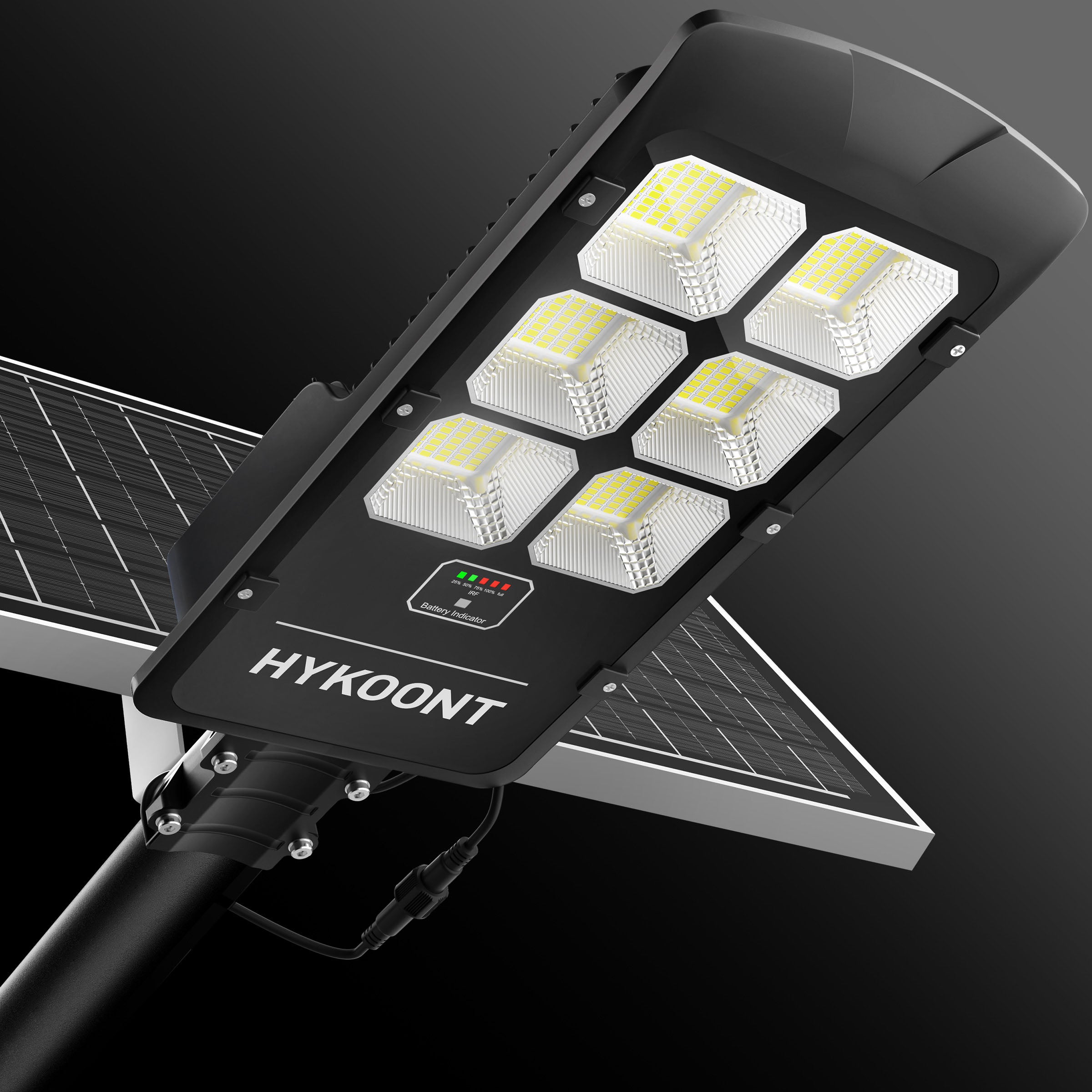
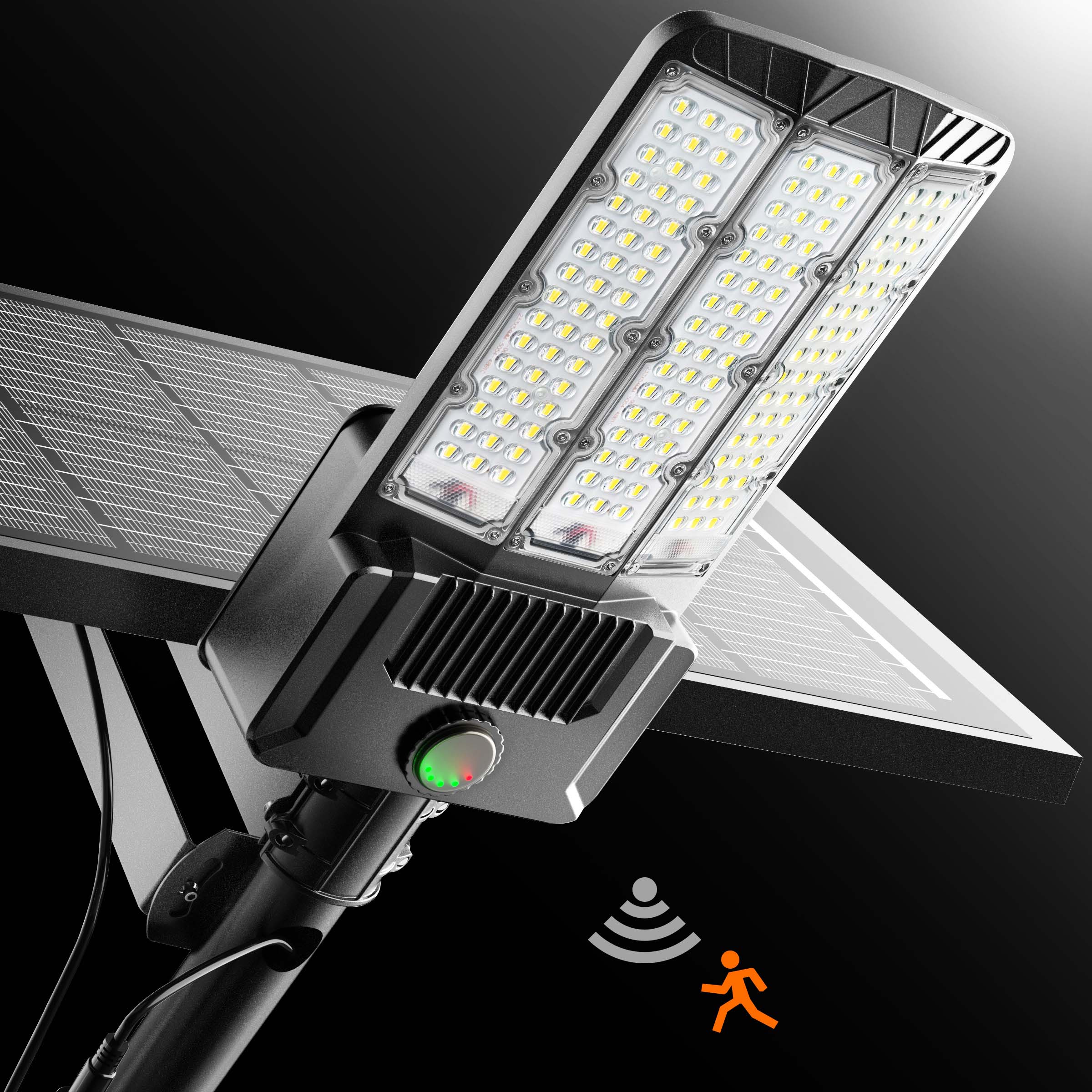
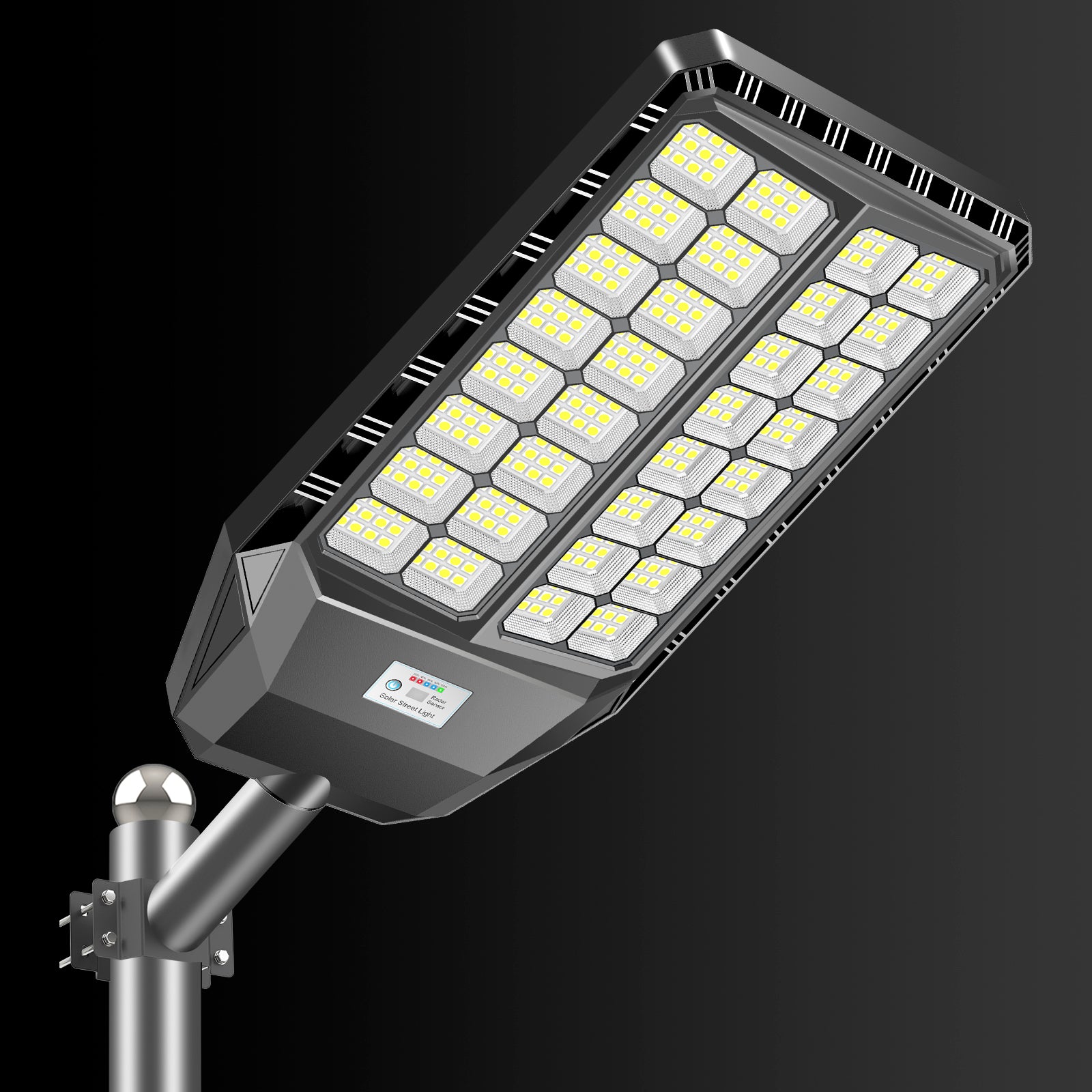
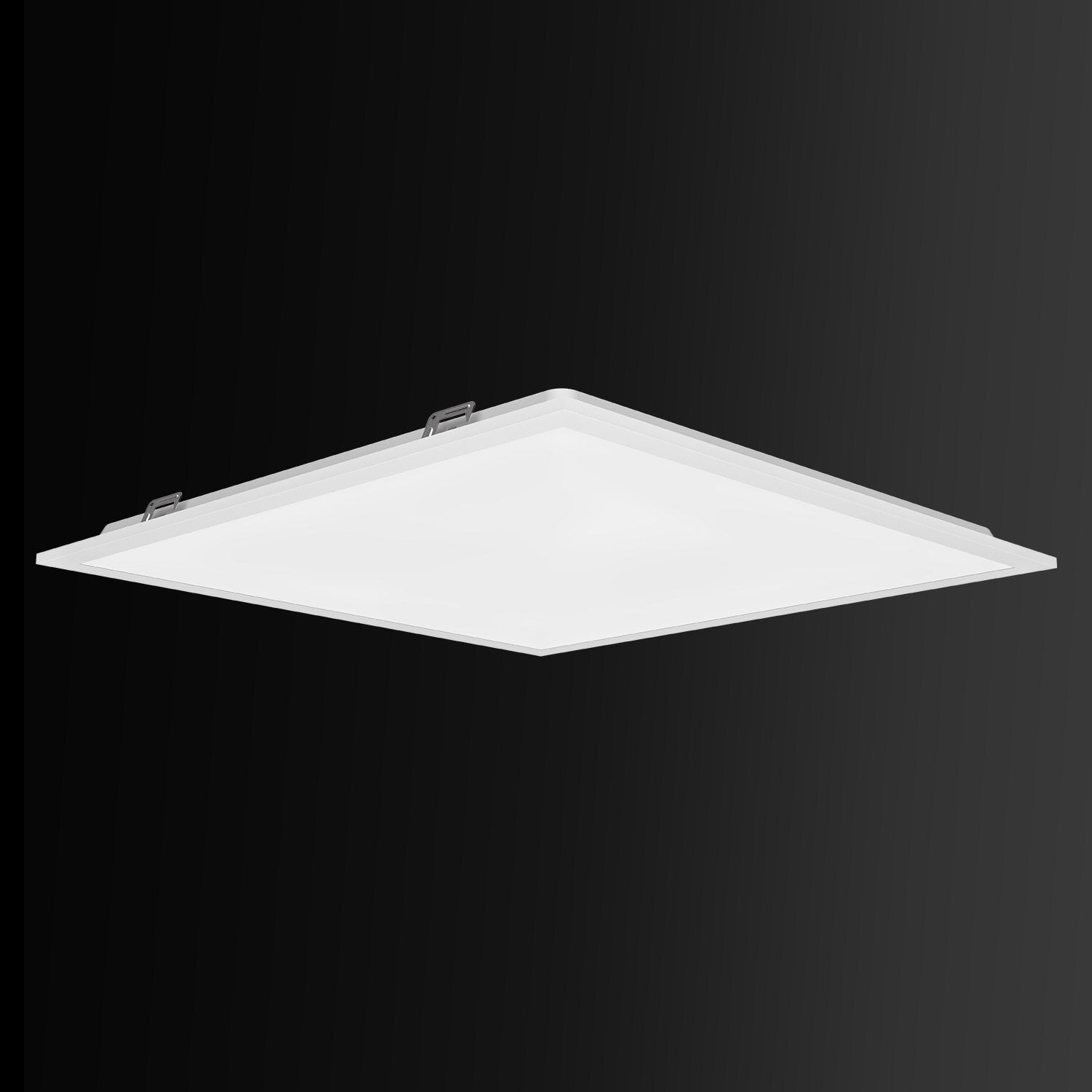
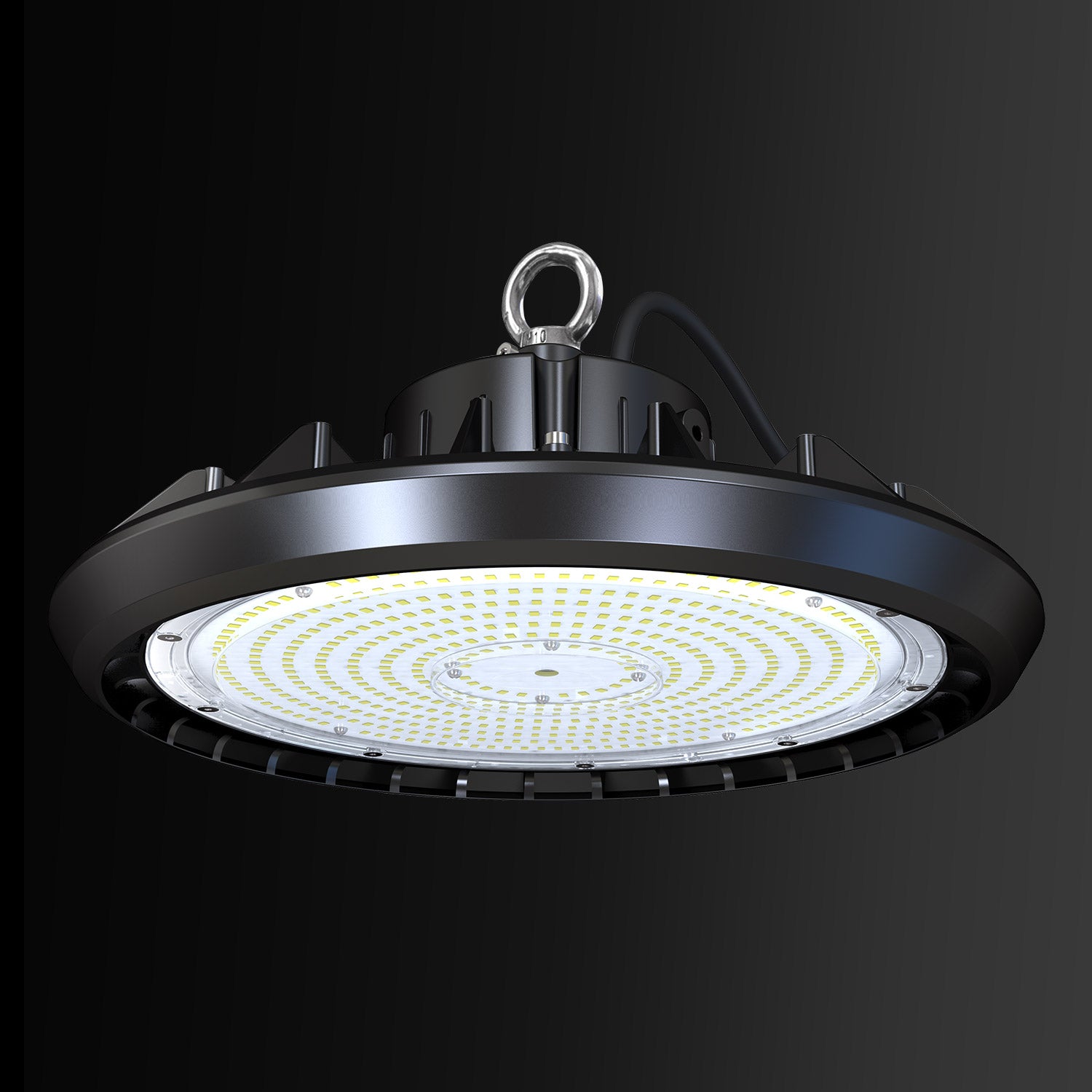
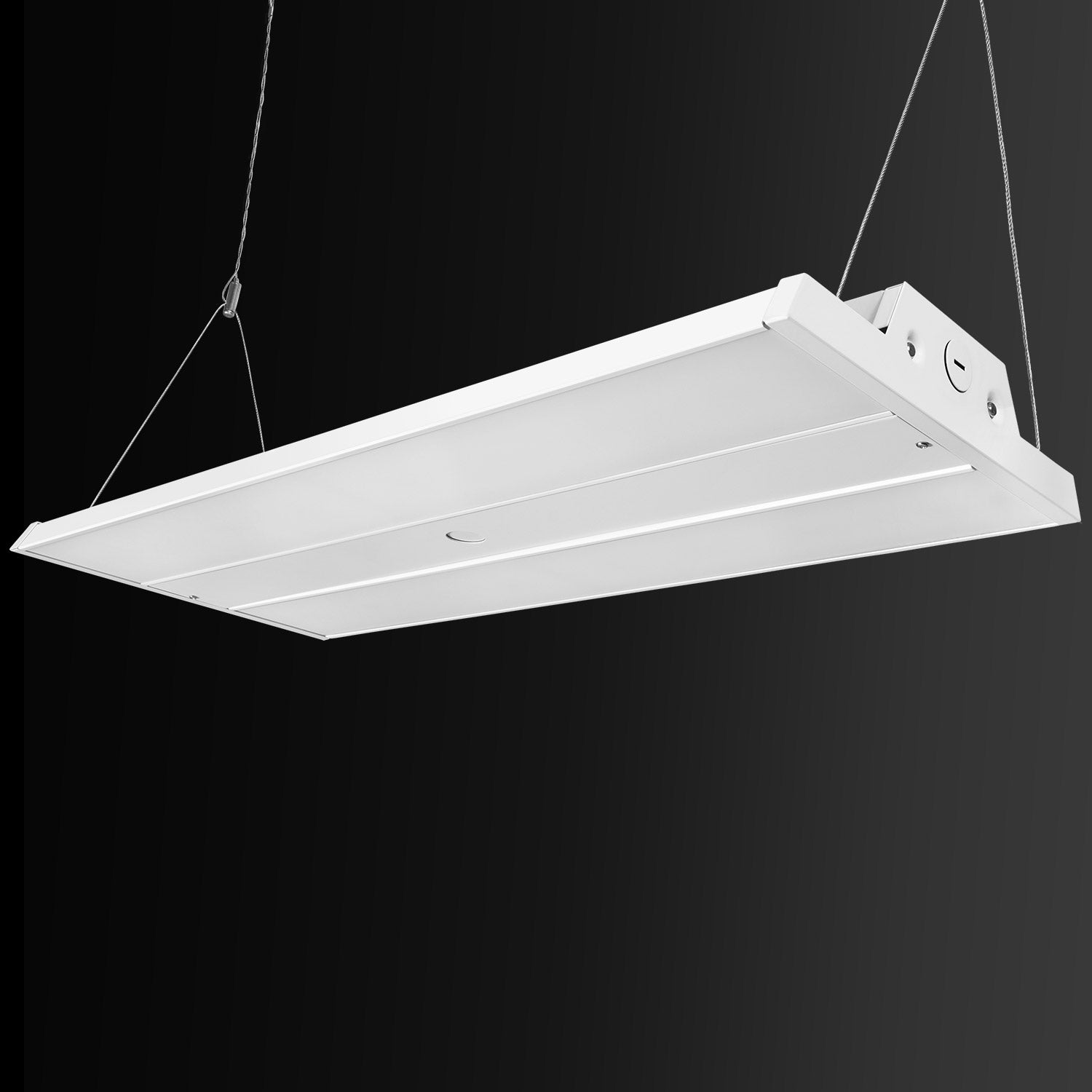
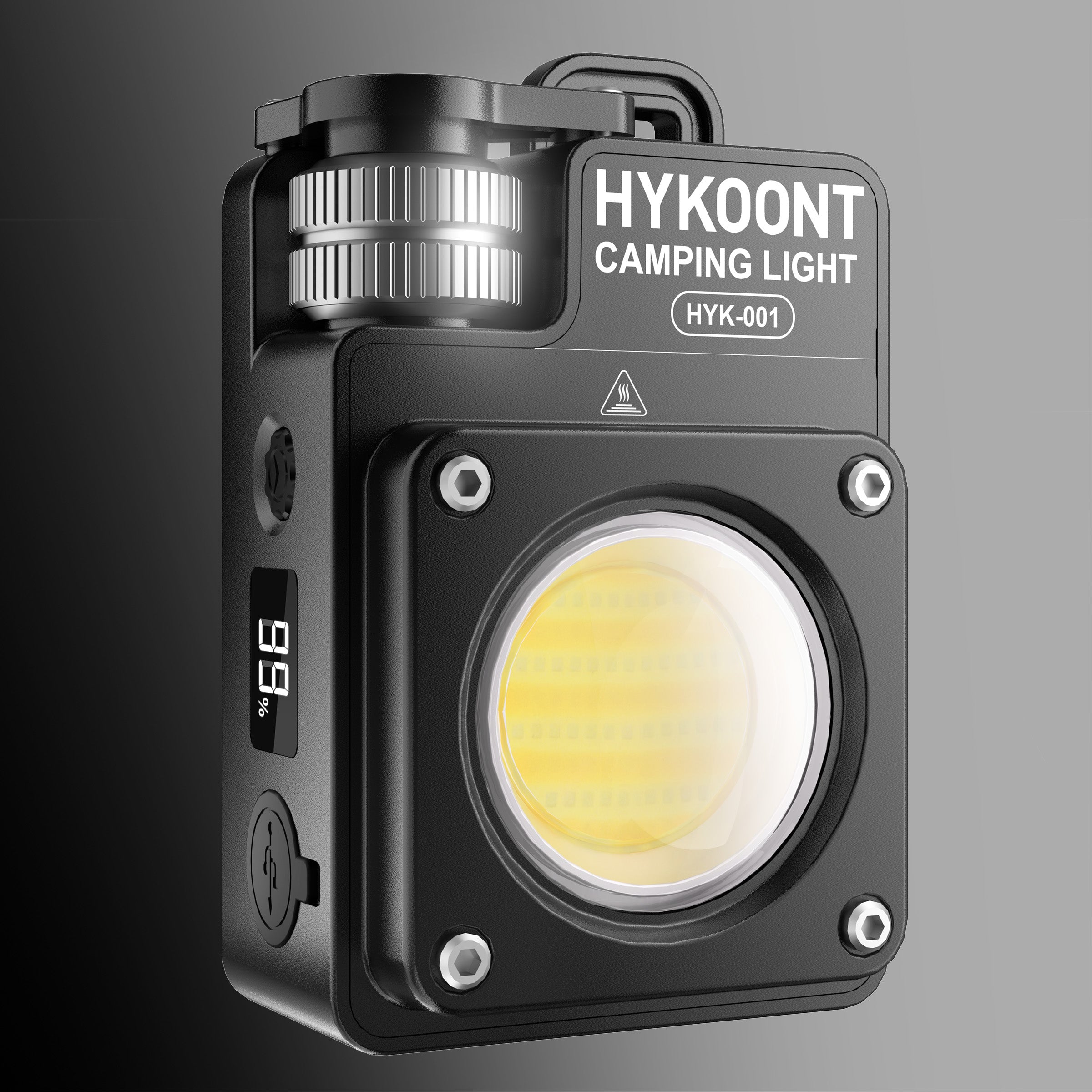
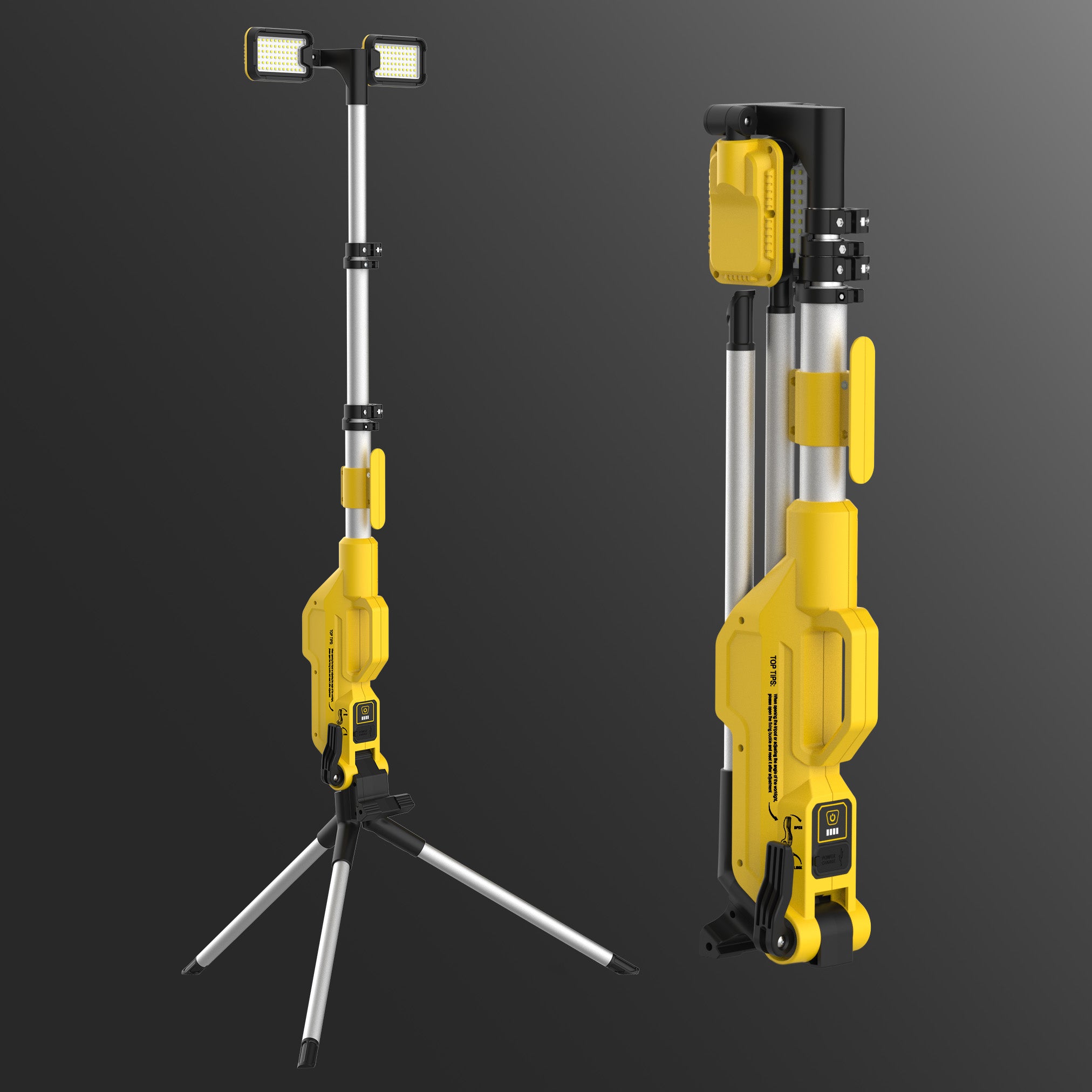
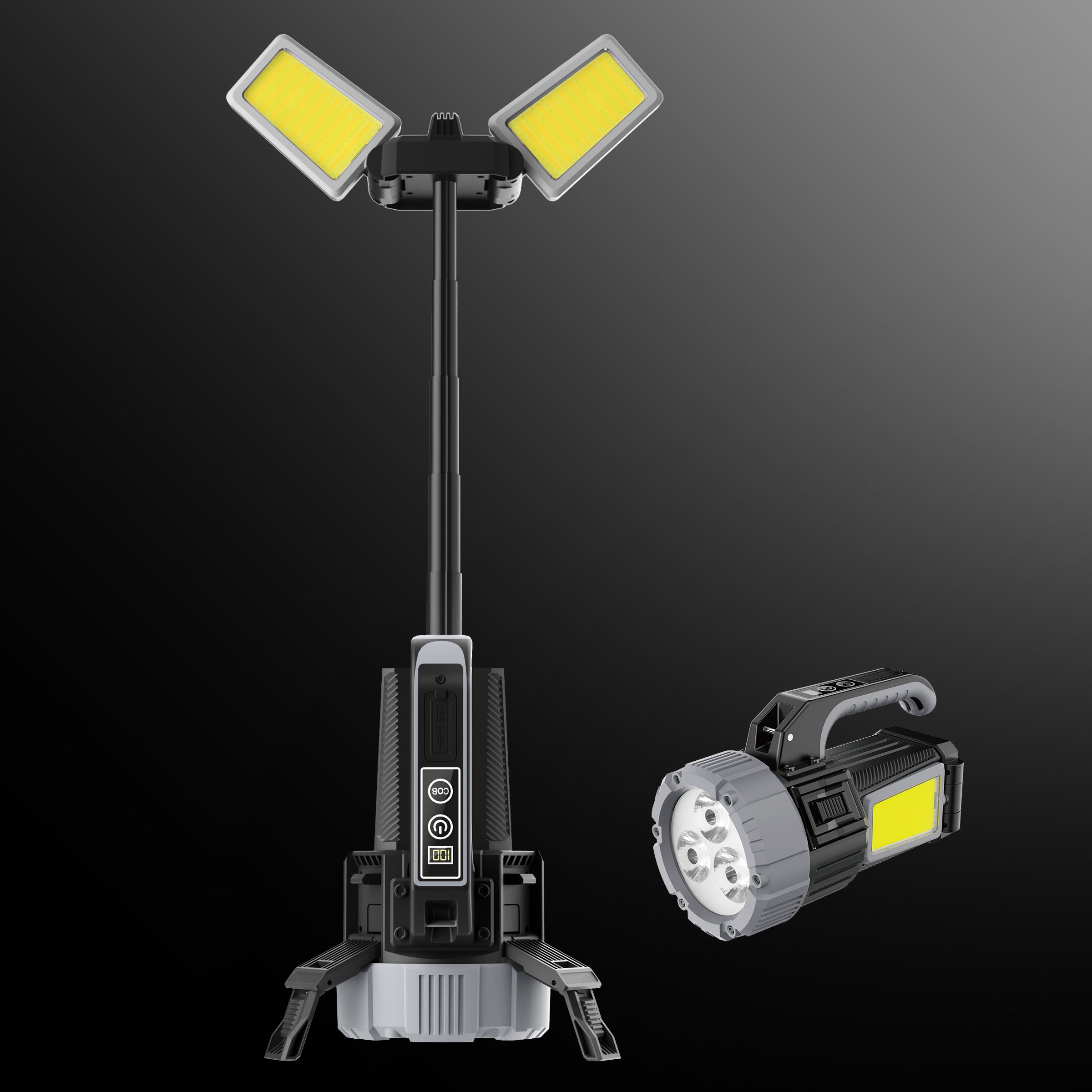


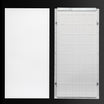
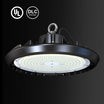
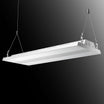


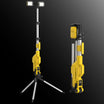
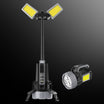
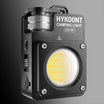
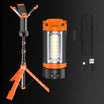
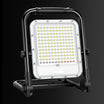
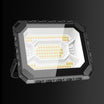
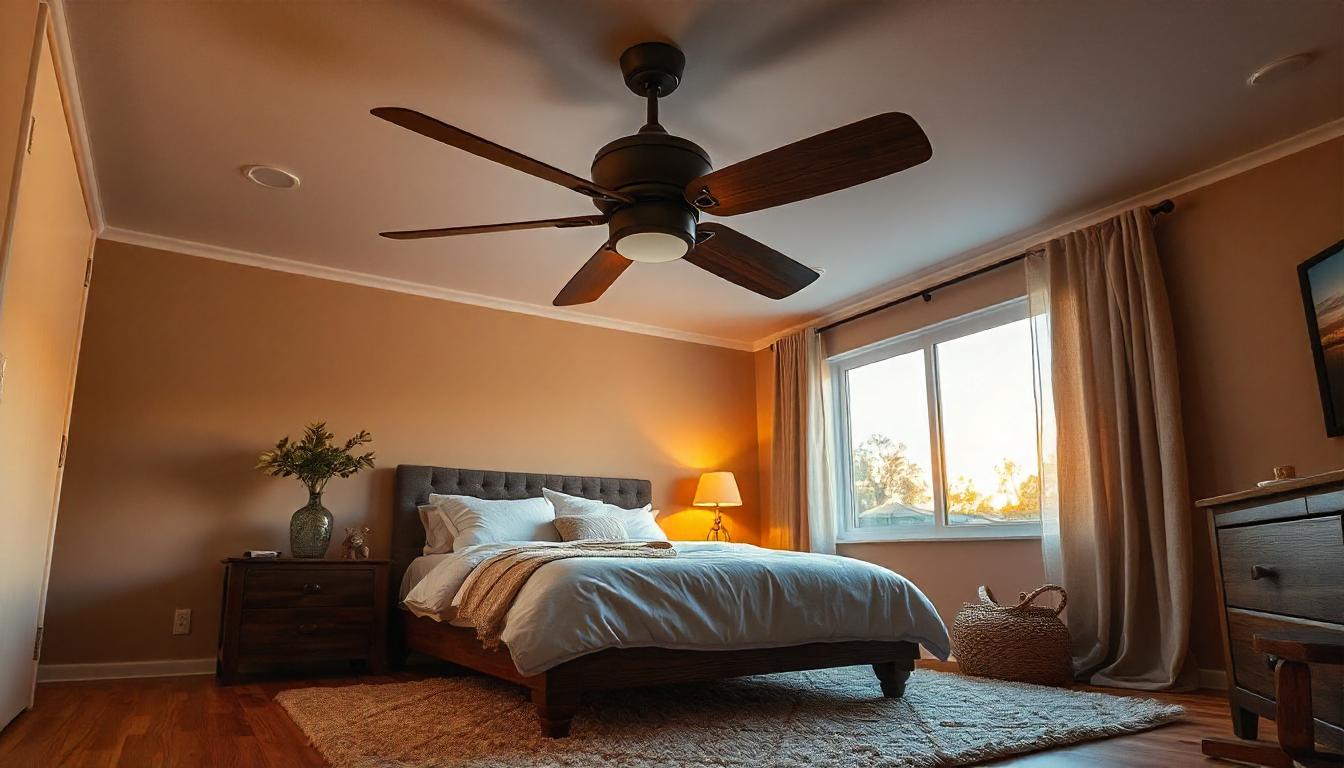
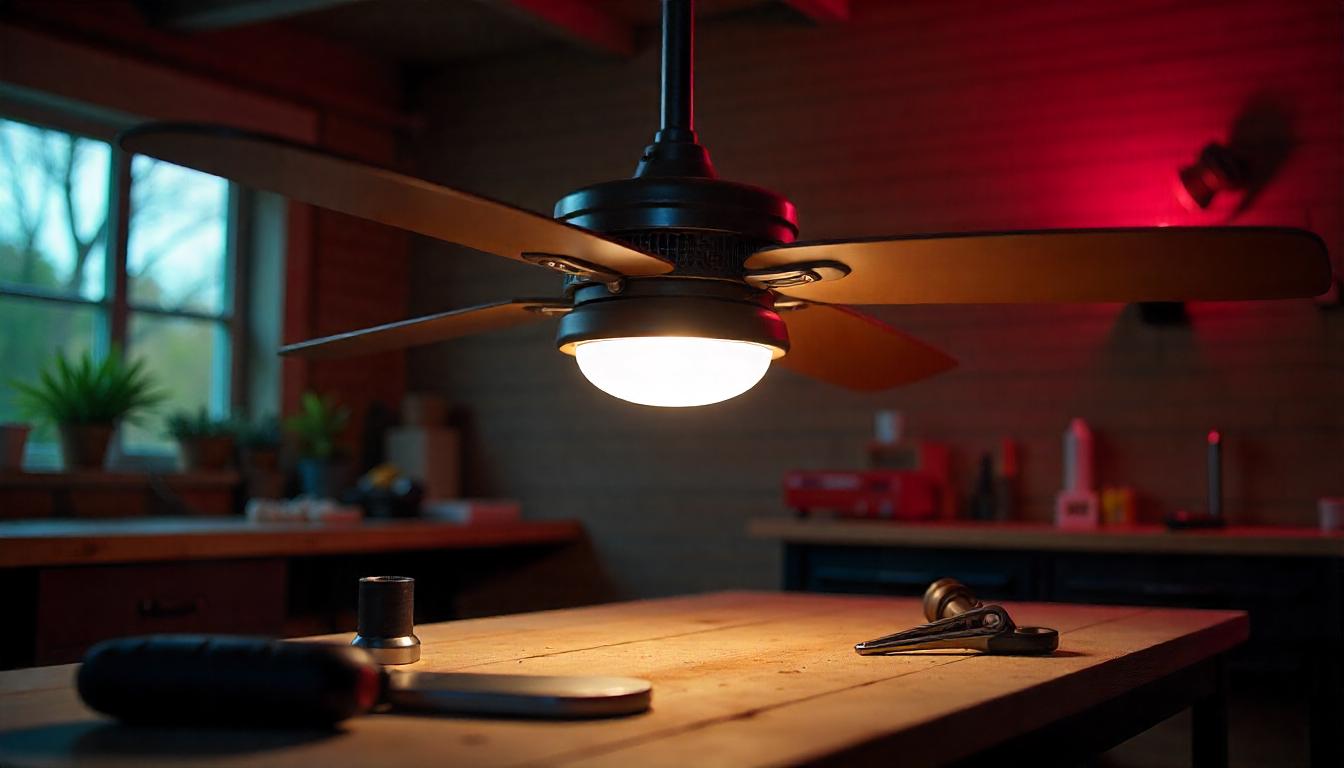

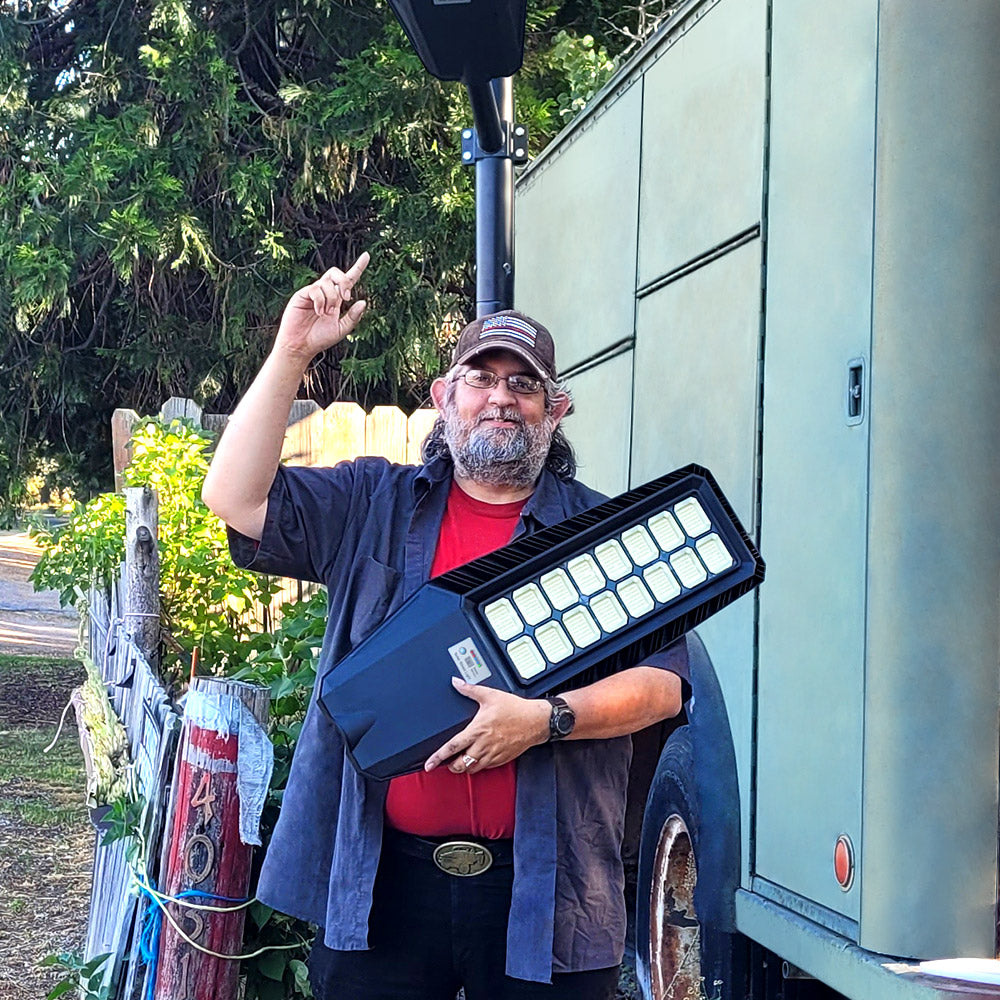


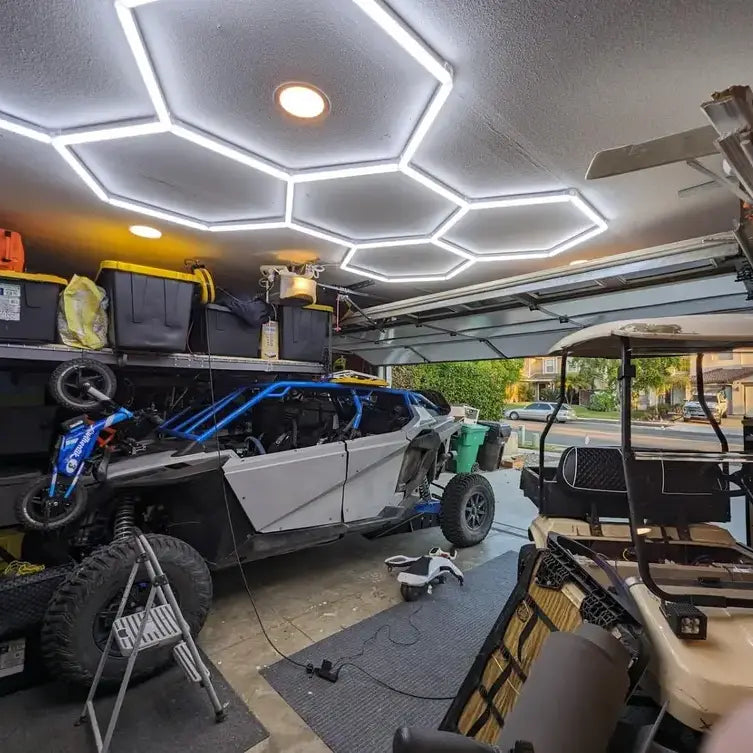
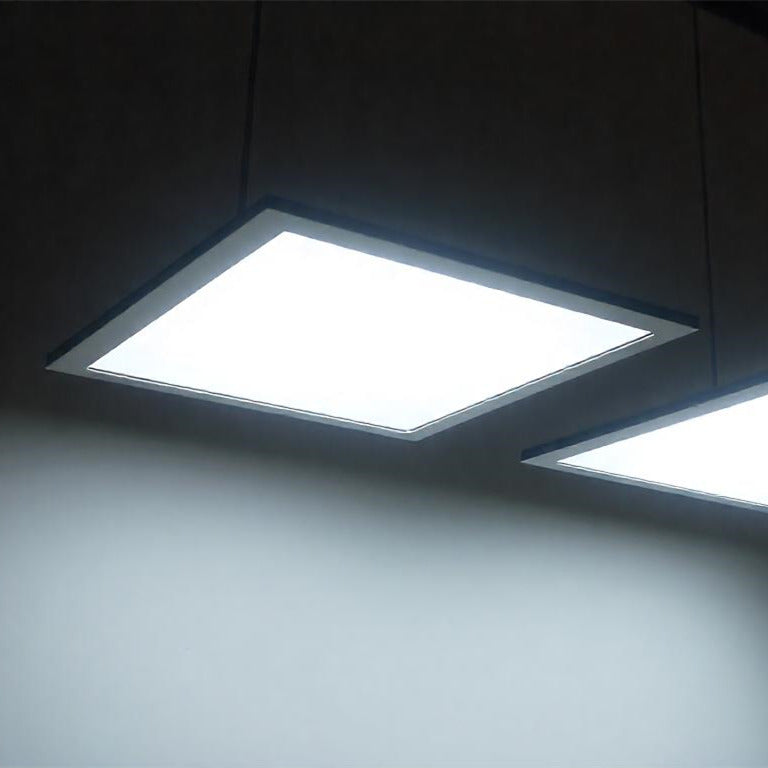
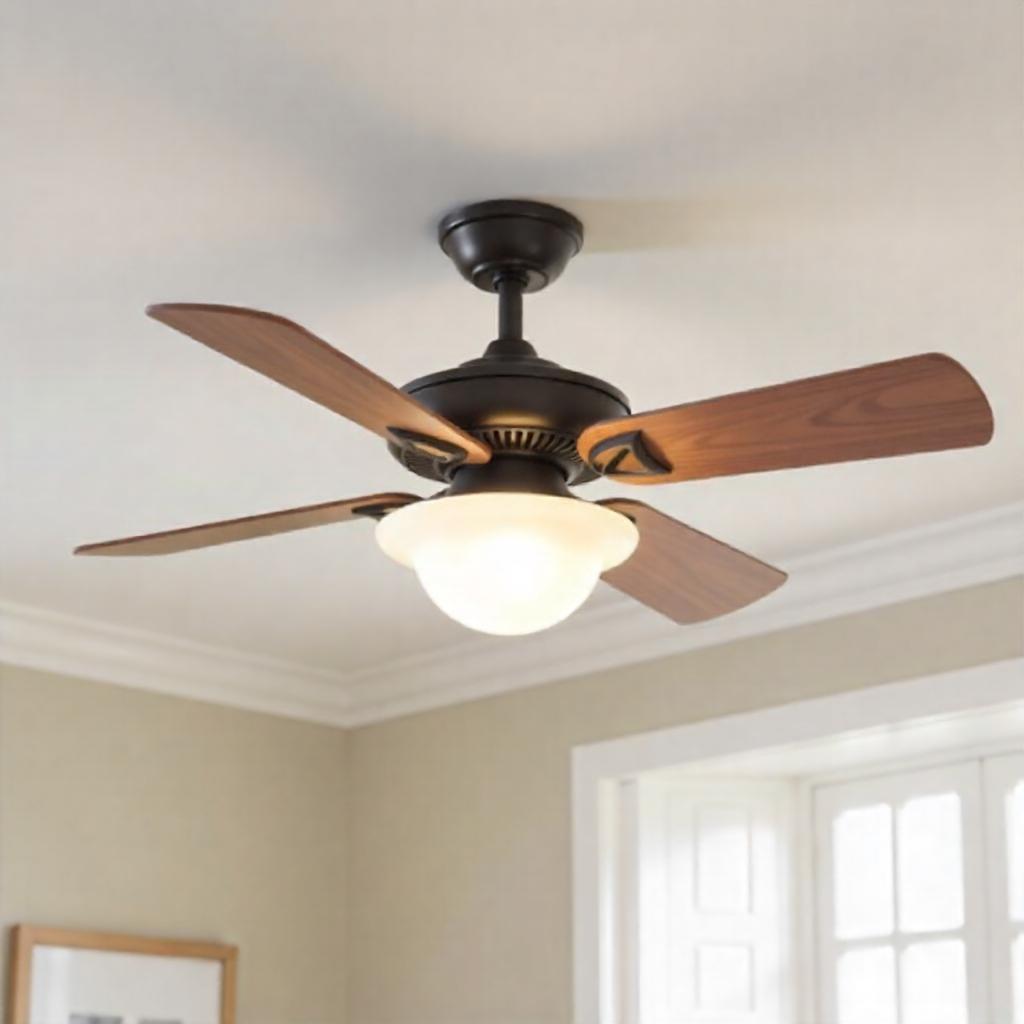
Leave a comment
This site is protected by hCaptcha and the hCaptcha Privacy Policy and Terms of Service apply.